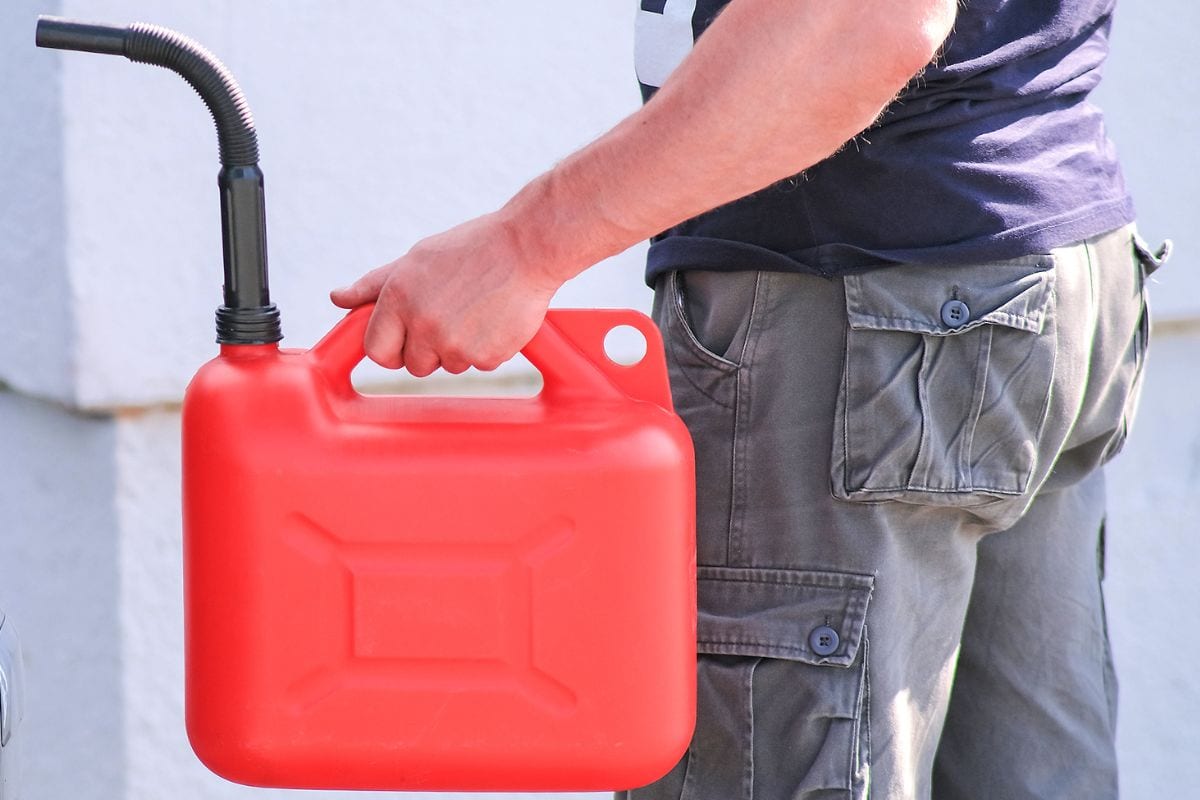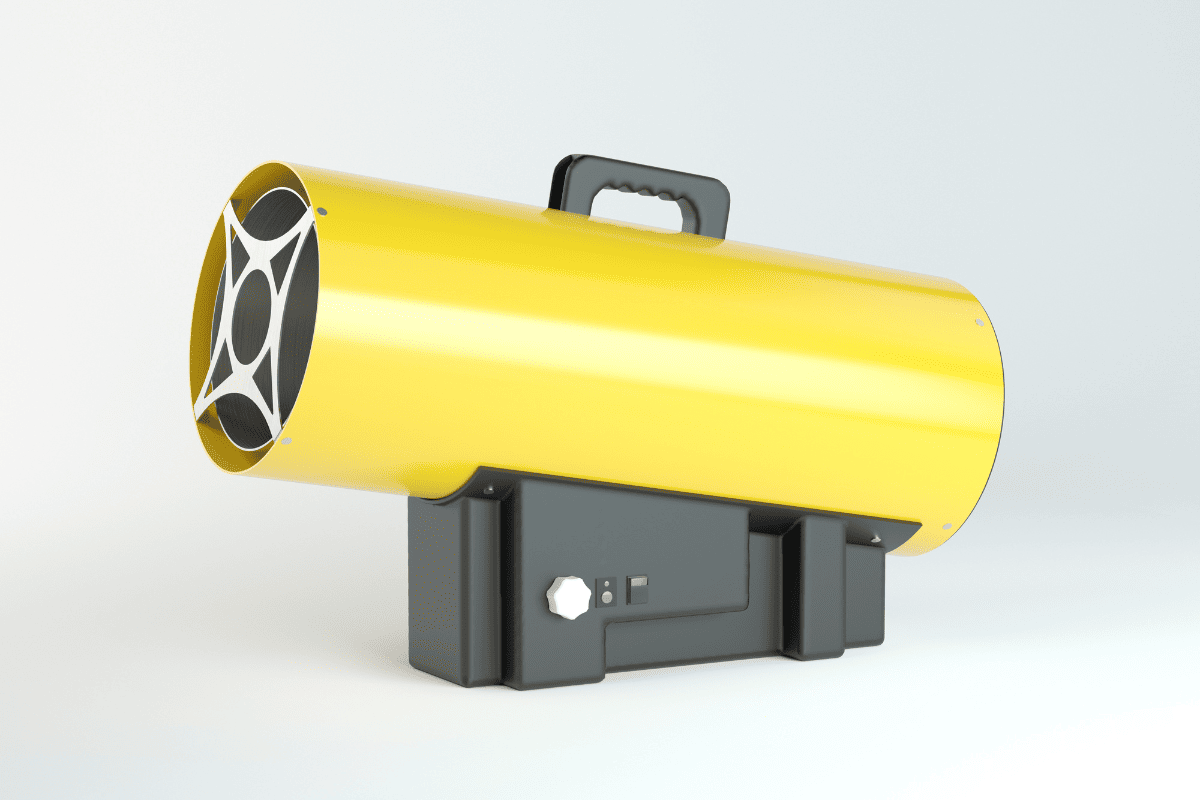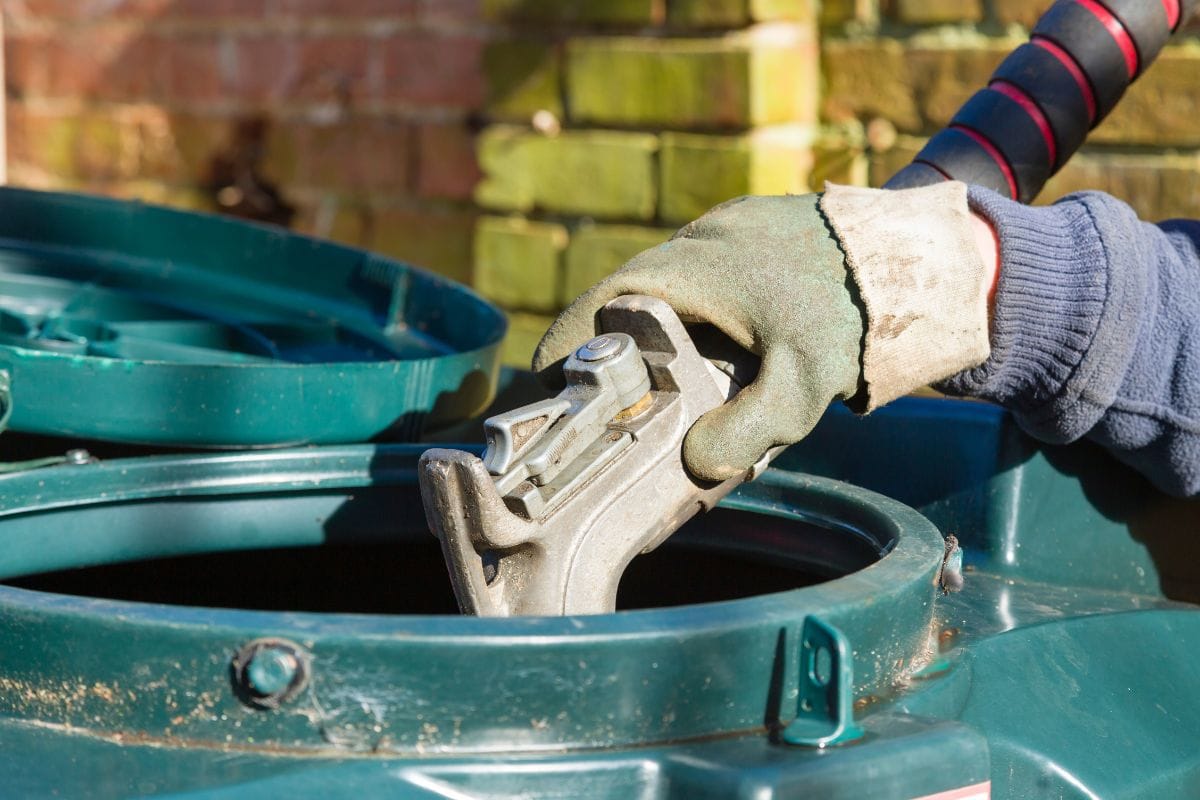You may want a kerosene torpedo heater for your home, but you aren't sure if it can be used indoors. Luckily, we have done some research for you, and here is what we found.
Kerosene torpedo heaters can be used indoors but should be placed in well-ventilated rooms. Also, the heater should be kept away from flammable materials, including curtains and furniture.
When properly utilized, a kerosene torpedo heater can provide plenty of warmth. Keep reading to get detailed information about Kerosene torpedo heaters and how it works.

Can You Use A Kerosene Torpedo Heater Indoors?
Yes, it is safe to use a kerosene torpedo heater indoors. However, there are best practices that should always be followed during use. Improper use of kerosene torpedo heaters can pose a lot of serious risks.

Overuse of a heater can cause the oxygen level in the room may drop to an unsafe level, which can be especially problematic in enclosed spaces that do not have appropriate ventilation.
The heaters consume oxygen from the surrounding air and produce carbon monoxide as a byproduct. Carbon monoxide is produced as a result of the incomplete combustion of fuel.
Carbon monoxide is odorless, colorless, and potentially hazardous to your health if there is low oxygen. In addition to releasing carbon monoxide, kerosene torpedo heaters also have the potential to release other harmful and hazardous pollutants.
These harmful pollutants range from carbon dioxide to nitrogen dioxide and even sulfur dioxide, which, when inhaled, can harm human health.
So, keeping at least one window or door open is important when using kerosene torpedo heaters to prevent the accumulation of toxic fumes. This means you must vent the heated room to avoid carbon monoxide poisoning.
This can be accomplished by simply keeping the door to an adjoining room open or opening a window by a millimeter. Generally, you will need anywhere from 1 to 4 square inches for every 1000 BTU heater capacity.
Furthermore, you can buy a carbon monoxide detector for your home to protect it from fumes. Kerosene is flammable and emits a distinct odor, which may be off-putting to some individuals. As a result, kerosene torpedo heaters require caution when used indoors.
Click here to view this carbon monoxide detector on Amazon
How Do Kerosene Torpedo Heaters Work?
A torpedo heater, also known as a forced-air heater, works by utilizing a fan to disperse warm air throughout a space.
The heater takes air in through the back and uses powerful motors to move it through a cylinder that contains heating elements. As the air passes through the element, it is heated, causing warm convection currents to be created and discharging hot air.
Torpedo heaters have several advantages, one of which is that they have a high BTU (British Thermal Unit) rating. This rating indicates that torpedo heaters can quickly heat a room and are suited for use in medium-to-large spaces.
Torpedo heaters can operate on various fuels and are typically installed on wheels. This makes them a transportable and practical method of providing warmth. Aside from kerosene, torpedo heaters can be powered by propane.
Click here to see this kerosene torpedo heater on Amazon
How Do You Keep A Kerosene Torpedo Heater From Smelling?

To keep your kerosene torpedo heater from smelling, here are some things you need to do:
Keep The Heater In A Well Ventilated Room
The combustion process of kerosene heaters needs oxygen. Therefore, there will be less oxygen if you keep the kerosene heater in an enclosed space or a location that does not have adequate ventilation.
So, always ensure the kerosene heater is kept in a well-ventilated space. When you are using the kerosene heater, it is important to try to keep the windows open. It assists in moving the smell produced by the kerosene heater.
Set The Burner Properly
Setting your kerosene heater's burner up correctly is another method you may use to reduce the odor. If the burner is not adjusted correctly, it will allow too little or too much air into the tank, resulting in incomplete combustion or a stench of smoke.
Clean The Heater
After each use, you need to clean the heater thoroughly. If you do not use your kerosene heater regularly, you should clean it at least once every thirty days.
This will reduce the amount of burnt matter re-burned the next time you fire it up, minimizing the odor produced. You can even clean the tank using soap and water to achieve the best possible results. Additionally, kerosene runs the risk of becoming old if not properly stored.
Even though kerosene stored for a long time will burn, it may produce unpleasant odors and smoke. The odor produced by the kerosene heater can be mitigated by cleaning it. Always ensure that the kerosene heater is in working order by performing regular maintenance.
Cover The Vent Cap Properly
Always make sure the vent cap is well covered. This is because when it is off or faulty, incomplete combustion vapors get an opportunity to move out and cannot be burned.
The extra oxygen will also combine with the gaseous phase and may cause more fuel to burn faster, resulting in wastage. At last, a lot of fuel goes to the atmosphere instead of helping to heat your space.
When this happens, the smell of the kerosene heater increases. So, always check to ensure the vent cap is covered properly and isn't broken. Doing this prevents the circulation of foul odors from the heater.
How Long Does Kerosene Last In A Torpedo Heater?

Kerosene is a flammable liquid generated from petroleum. In addition to its many other uses, it is frequently found in domestic settings, serving as a fuel for lighting and heating devices.
However, it takes around 10 hours for a full tank of kerosene to be consumed. Therefore, 5 gallons will only last you around 25 hours.
What Happens If You Put Gasoline In A Kerosene Torpedo Heater?
In most cases, gasoline is utilized in automobiles and other things powered by engines, not heaters. If you use gasoline instead of kerosene in your torpedo heater, you risk starting a fire or causing an explosion.
So, you should never use gasoline in a kerosene torpedo heater; otherwise, you risk a dangerous and destructive explosion. Most kerosene heaters come with a label saying gasoline should not be used instead of kerosene.
Unleaded gasoline is similar to regular gasoline, but impurities have been removed from it and contain no dangerous residue. Even so, it should not be utilized in kerosene torpedo heaters.
Is Kerosene Or Propane Torpedo Heaters Better?
Propane and kerosene are both useful fuels, each with benefits and drawbacks. Propane heaters are more cost-effective than kerosene heaters because they do not produce smoke and the fuel source is less expensive.
You can keep the propane heater for several days using just one fuel tank. In addition, the propane heaters can reach the desired temperature more quickly and produce greater heat for each square foot of space.
One of the drawbacks of using propane-powered portable heaters is the requirement for adequate ventilation that comes along with their operation. Therefore, you must install some vents in your space before placing the unit there if the area does not have sufficient natural ventilation.
On the other hand, kerosene heaters have a higher BTU output per gallon than propane heaters because the fuel source is kerosene. They have lower fuel consumption and higher efficiency rate than their counterparts.
To Wrap Up
You can use a kerosene torpedo heater indoors. However, you need to make sure that all necessary precautions are taken. Also, it is advisable to check the kerosene heater regularly. Remember, a kerosene torpedo heater should be kept in a room with good ventilation.
If you enjoyed reading this post, here are similar articles you may like:
What Happens When A Kerosene Heater Runs Out Of Fuel?
Can You Use Lamp Oil In A Kerosene Heater? Should You?
Your Torpedo Heater Will Not Run With The Cover On? – Why? What To Do?


